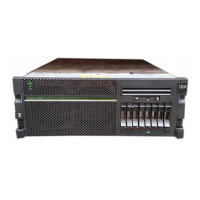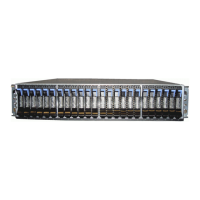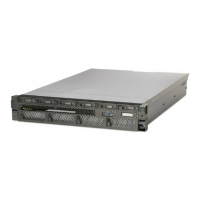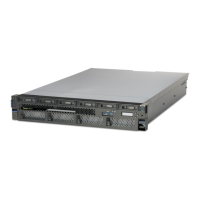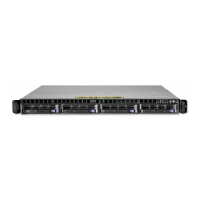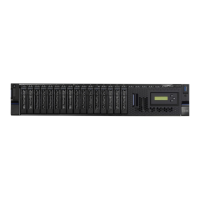Table 33. POWER Hypervisor isolation procedures (continued)
v Follow the suggested actions in the order in which they are listed in the Action column until the problem is
solved.
v See Chapter 3, “Parts listing, Type 8406,” on page 229 to determine which components are CRUs and which
components are FRUs.
v If an action step is preceded by “(Trained service technician only),” that step must be performed only by a
trained service technician.
Isolation
Procedure Code
Symptom Action
MEMDIMM
Symbolic CRU
The failing
component is one of
the memory DIMMs.
1. Replace the failing CRU:
DIMM 1 (Px-C1)
P1-C1 is memory module 1;
P2-C1 is memory module 9.
DIMM 2 (Px-C2)
Memory module 2/10
DIMM 3 (Px-C3)
Memory module 3/11
DIMM 4 (Px-C4)
Memory module 4/12
DIMM 5 (Px-C5)
Memory module 5/13
DIMM 6 (Px-C6)
Memory module 6/14
DIMM 7 (Px-C7)
Memory module 7/15
DIMM 8 (Px-C8)
Memory module 8/16
2. See “Removing a memory module” on page 244 for location
information and the removal procedure.
3. Install new memory DIMMs, as described in “Installing a memory
module” on page 245.
See “Supported DIMMs” on page 4 for more information.
NEXTLVL
Symbolic CRU
Contact IBM Support.
PIOCARD
Symbolic CRU
The hardware that
controls PCI adapters
and PCI card slots
detected an error. The
direct select address
(DSA) portion of the
system reference code
(SRC) identifies the
location code of the
failing component.
1. Collect the error log information.
2. Get the DSA, which is word 7 of the associated B700xxxx SRC.
3. Use the hexadecimal value of the DSA to determine the location code
of the failing CRU.
v If the value is 05120010, the location code is P1-C11.
v If the value is xxxx 0100, the location code is P1-C12.
4. Reseat the device that you just installed.
5. Replace the device that you just installed.
Chapter 2. Diagnostics 199
